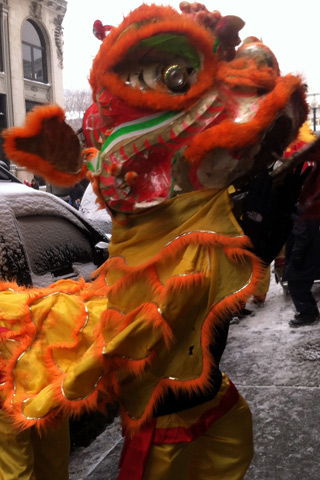Course Description
This course provides an overview of Asian American history and its relevance for contemporary issues. It covers the first wave of Asian immigration in the 19th century, the rise of anti-Asian movements, the experiences of Asian Americans during WWII, the emergence of the Asian American movement in the 1960s, and the …
This course provides an overview of Asian American history and its relevance for contemporary issues. It covers the first wave of Asian immigration in the 19th century, the rise of anti-Asian movements, the experiences of Asian Americans during WWII, the emergence of the Asian American movement in the 1960s, and the new wave of post–1965 Asian immigration. The class examines the role these experiences played in the formation of Asian American ethnicity. The course addresses key societal issues such as racial stereotyping, media racism, affirmative action, the glass ceiling, the “model minority” syndrome, and anti-Asian harassment or violence. The course is taught in English.
Course Info
Instructor
Departments
Learning Resource Types
assignment
Activity Assignments
assignment
Written Assignments

This photo was taken during the Chinese New Year celebration in Boston Chinatown in 2012. Boston has one of the oldest Chinatowns in the US, originating with a small settlement of Chinese workers in the 1870s. Chinatown is a place where one can find old traditions preserved as well as new, emergent forms of culture being created. Students in this class participate in a Chinatown Scavenger Hunt that prompts them to look for traces of the past, as well as for evidence of new, evolving forms of culture or business in this historic community. (Image courtesy of Prof. Emma J. Teng.)










